Home>diy>Building & Construction>Why US Uses Wood For Construction
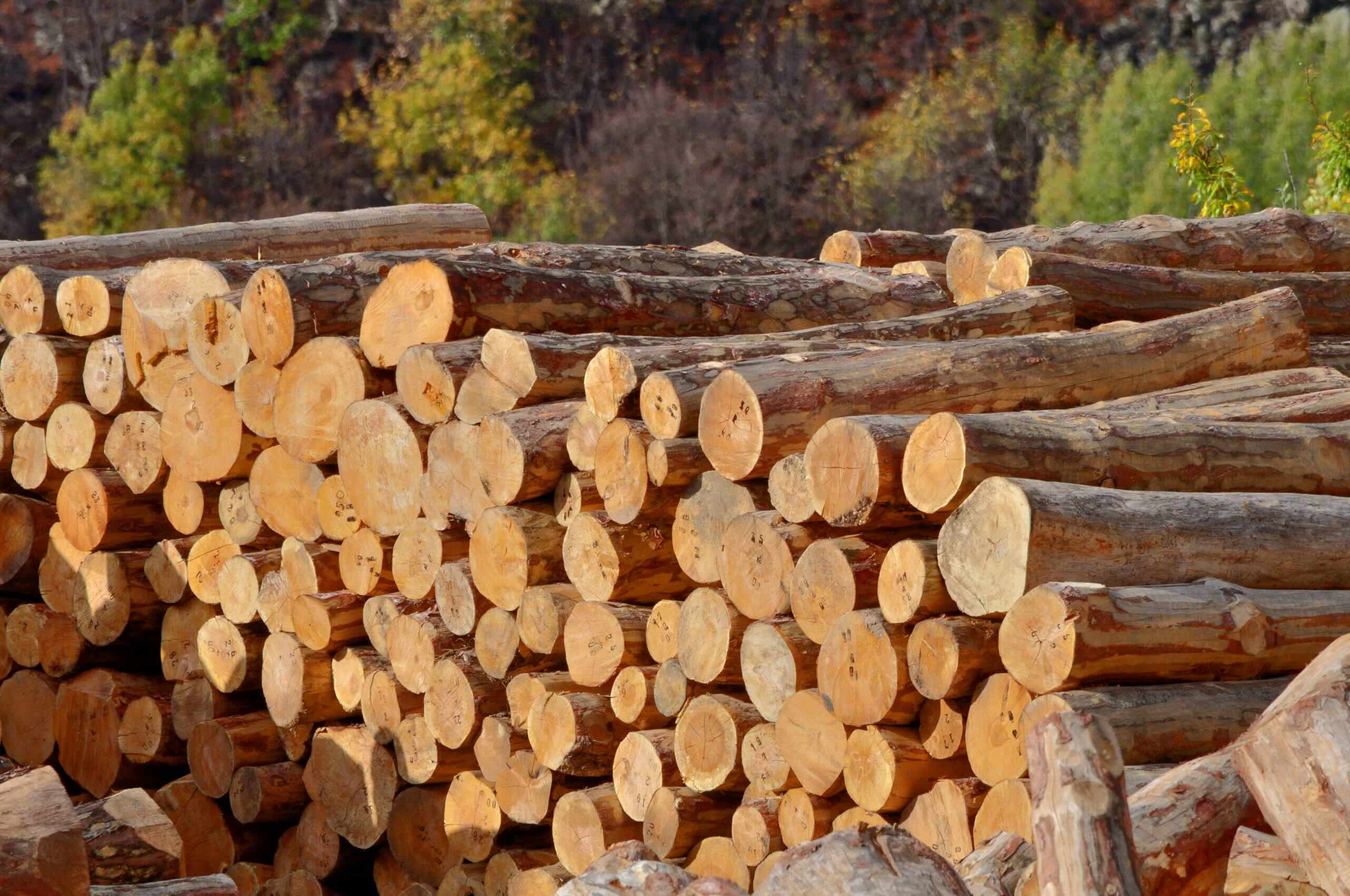

Building & Construction
Why US Uses Wood For Construction
Modified: October 21, 2024
Discover why the US favors wood for building construction and the advantages it offers in terms of sustainability, versatility, and cost-effectiveness. Explore the benefits of using wood in architectural projects.
(Many of the links in this article redirect to a specific reviewed product. Your purchase of these products through affiliate links helps to generate commission for Storables.com, at no extra cost. Learn more)
Introduction
Construction is a complex and ever-evolving industry, with various materials and techniques used to build structures that meet the needs and desires of society. One of the most widely used materials in construction, particularly in the United States, is wood.
The use of wood in construction dates back centuries, as early civilizations realized the versatility and abundance of this natural resource. Today, wood continues to be a popular choice for building projects of all sizes, from residential homes to commercial buildings and even large-scale infrastructure.
In this article, we will explore the historical use of wood in construction, the advantages it offers as a building material, its environmental impact and sustainability, as well as the regulations and standards governing its use in the US. We will also delve into innovative techniques and technologies in wood construction, examine the challenges and limitations, and compare it with other commonly used materials.
By understanding the role and significance of wood in construction, we can appreciate the impact it has on our built environment and make informed decisions when embarking on construction projects. So, let’s dive into the fascinating world of wood construction and discover why it continues to be a preferred choice for builders across the United States.
Key Takeaways:
- Wood construction offers sustainability, design flexibility, and thermal insulation, making it a preferred choice for builders. Its renewable nature and low environmental impact contribute to a more eco-friendly built environment.
- Despite challenges like fire resistance and moisture management, wood construction competes favorably with materials like concrete and steel. Its innovative techniques and sustainable attributes position it as a valuable choice for modern construction projects.
Read more: How Many Construction Sites In The US
Historical Use of Wood in Construction
Wood has been utilized in construction for thousands of years, owing to its abundance, ease of use, and versatility. The early civilizations recognized the inherent strength and malleability of wood, using it to construct their shelters and dwellings.
In ancient times, wood was the primary building material due to its availability and the simplicity of its processing. From log cabins to timber-framed structures, wood provided a reliable and sustainable solution for constructing homes and buildings. The use of wood continued to expand as civilizations advanced, with notable examples including the intricate timber structures of ancient Chinese architecture and the massive wooden cathedrals of medieval Europe.
In the United States, wood played a crucial role in the expansion of settlements and the development of the country. From the iconic log cabins of the pioneers to the timber-framed houses of the colonial era, wood was the go-to material for early American builders. The vast forests that covered the country provided an abundant supply of timber, leading to the proliferation of wooden structures in various forms.
During the 19th century, technological advancements and industrialization fueled a shift towards more mass-produced building materials, such as steel and concrete. However, wood remained a popular choice for residential construction due to its affordability and ease of construction. The development of modern wood processing techniques, including engineered wood products like plywood and laminated veneer lumber, further expanded the potential applications of wood in construction.
In recent years, there has been a resurgence of interest in wood construction, driven by factors such as sustainability, aesthetics, and advancements in engineering and architectural design. Architects and builders have rediscovered the beauty and environmental benefits of using wood as a primary building material, resulting in a renewed focus on timber-framed structures, wooden facades, and even high-rise buildings constructed primarily from wood.
The historical use of wood in construction has laid the foundation for its continued prominence in the industry. Today, it is recognized not only for its traditional appeal but also for its potential to address modern construction challenges, including sustainability and carbon footprint reduction.
Advantages of Wood as a Building Material
Wood offers numerous advantages as a building material, making it a popular choice for a wide range of construction projects. Here are some key advantages of using wood in building construction:
- Strength and Durability: Wood is a remarkably strong material, capable of withstanding large loads and providing structural stability. When properly maintained and protected, wood can last for many years, making it a durable choice for buildings.
- Renewable and Sustainable: Wood is a renewable resource, as it can be harvested from responsibly managed forests. It is an environmentally friendly option in comparison to non-renewable materials like concrete and steel. Additionally, the production of wood building materials requires less energy and generates fewer greenhouse gas emissions.
- Thermal Insulation: Wood possesses excellent thermal insulation properties, helping to maintain comfortable indoor temperatures and reduce energy consumption. This can result in lower heating and cooling costs for buildings constructed with wood.
- Design Flexibility: Wood is a versatile material that offers designers and architects immense creative freedom. It can be easily shaped, cut, and formed into various sizes and dimensions, allowing for intricate and unique architectural features.
- Lightweight: Compared to materials like concrete and steel, wood is relatively lightweight, making it easier to transport, handle, and construct with. This can lead to shorter construction times and lower labor costs.
- Construction Efficiency: Wood construction methods, such as timber framing and modular construction, offer faster and more efficient building processes. Prefabricated wood components can be manufactured off-site, reducing on-site construction time and minimizing disruptions to the surrounding environment.
- Aesthetics: Wood imparts a natural and warm aesthetic to buildings, creating a sense of warmth and coziness. It can be left exposed in interior spaces, adding visual appeal and a connection to nature.
These advantages demonstrate why wood continues to be a preferred choice for builders, architects, and homeowners. The unique combination of strength, sustainability, design flexibility, and aesthetic appeal makes wood a valuable and versatile building material in the construction industry.
Environmental Impact and Sustainability of Wood Construction
Wood construction offers several environmental benefits that make it a sustainable choice for building projects. Let’s explore the environmental impact and sustainability of using wood as a building material.
Renewable Resource: One of the key advantages of wood is its status as a renewable resource. Trees can be responsibly harvested from sustainably managed forests, ensuring a continuous supply of wood for construction. Sustainable forestry practices involve replanting trees to replenish the harvested ones, resulting in a balanced and sustainable cycle of resource use.
Carbon Sequestration: Trees naturally absorb carbon dioxide (CO2) from the atmosphere as part of photosynthesis. When wood is used in construction, it locks away this carbon for the lifespan of the building, helping to mitigate climate change by reducing greenhouse gas emissions. Furthermore, the production of wood materials requires less energy compared to other building materials, resulting in lower carbon emissions during the manufacturing process.
Lower Energy Consumption: Wood possesses excellent thermal insulation properties, which can contribute to energy efficiency in buildings. Wood structures provide natural insulation, reducing the need for artificial heating and cooling, and consequently decreasing energy consumption. This can lead to lower energy costs and contribute to a more sustainable built environment.
Reduced Waste and Environmental Impact: Wood construction techniques, such as timber framing and modular construction, generate less construction waste compared to traditional methods. Off-site manufacturing of wood components minimizes on-site waste and reduces the environmental impact associated with construction activities.
Recyclability and Reuse: Wood is a highly recyclable and reusable material. At the end of a building’s life cycle, wood components can be repurposed, recycled, or used as biomass for energy production. This reduces the amount of construction waste sent to landfill and promotes a circular economy.
Certifications and Standards: Various certification programs and standards, such as the Forest Stewardship Council (FSC) and LEED (Leadership in Energy and Environmental Design), promote responsible and sustainable wood sourcing, further ensuring the environmental sustainability of wood construction projects.
By choosing wood as a building material, we can contribute to a more sustainable and eco-friendly construction industry. Wood’s renewability, carbon sequestration capabilities, energy efficiency, and recyclability make it an environmentally responsible choice that aligns with a sustainable future.
Regulations and Standards for Wood Construction in the US
To ensure the safety, durability, and quality of wood construction in the United States, there are various regulations and standards in place. These standards govern the design, construction, and use of wood in buildings. Let’s take a closer look at some of the key regulations and standards for wood construction in the US.
International Building Code (IBC): The IBC is a comprehensive set of building regulations adopted by most states in the US. It provides minimum requirements for the design and construction of buildings, including considerations for wood construction. The IBC includes provisions for fire safety, structural integrity, and the use of wood as a building material.
American Wood Council (AWC) Standards: The AWC is a technical standards organization that develops and publishes standards for wood design and construction. They provide guidelines and requirements for various wood products, such as timber, engineered wood, and wood connectors. The AWC standards cover areas such as allowable stress design, connections, and designing wood structures for different applications.
National Design Specification (NDS) for Wood Construction: The NDS is a document published by the American Wood Council that provides design provisions and engineering properties for wood and wood-based products. It covers aspects such as structural design, product specifications, and loading conditions for wood construction.
Local Building Codes: In addition to national standards, local building codes play a crucial role in regulating wood construction. These codes are specific to each jurisdiction and ensure compliance with local regulations and requirements. Building departments enforce these codes to ensure the safety and structural integrity of wood buildings.
Wood Certification Programs: Various certification programs, such as the Forest Stewardship Council (FSC), provide assurance that wood products used in construction come from sustainably managed forests. These programs promote responsible and environmentally conscious wood sourcing practices, ensuring that the wood used in construction meets specific sustainability criteria.
Fire Safety Regulations: Fire safety is a critical aspect of wood construction. Building codes and regulations specify fire-resistant materials and requirements for fire protection measures like fire-rated assemblies, sprinkler systems, and smoke detectors. These regulations ensure that wood structures meet fire safety standards and protect occupants and property.
It is essential for architects, engineers, and builders to adhere to these regulations and standards to ensure the safe and compliant use of wood in construction. Keeping up-to-date with the latest codes and standards is crucial for constructing durable and high-quality wood buildings in the United States.
Wood is a popular choice for construction in the US due to its sustainability, cost-effectiveness, and versatility. It is also a renewable resource and has a lower carbon footprint compared to other building materials.
Read more: Why Is Bamboo Used In Construction
Innovative Techniques and Technologies for Wood Construction
Wood construction has seen significant advancements in recent years, with the development of innovative techniques and technologies that enhance the performance and expand the possibilities of using wood as a building material. These advancements have propelled wood construction into new realms of creativity, sustainability, and efficiency. Let’s explore some of the innovative techniques and technologies revolutionizing wood construction.
Cross-Laminated Timber (CLT): CLT is a structural panel made from layers of timber boards that are glued together at right angles. This results in a highly durable and strong material that can be used for walls, floors, and roofs. CLT allows for fast and efficient construction, reducing project timelines and waste. It also enables the construction of tall timber buildings, offering a sustainable alternative to traditional steel and concrete structures.
Mass Timber Construction: Mass timber refers to large, prefabricated wood panels that can be used as load-bearing elements in construction. These panels, including CLT and glulam (glue-laminated timber), are precision-engineered for strength and stability. Mass timber construction provides opportunities for faster construction, improved thermal performance, and reduced carbon footprint compared to traditional building materials.
Modular Wood Construction: Modular construction involves the off-site manufacturing of building components, which are then transported to the construction site for assembly. Wood modular construction offers benefits such as reduced on-site labor, faster project delivery, and minimized waste. It is a sustainable and efficient method that can be applied to various building types, including residential, commercial, and educational structures.
Digital Fabrication and CNC Machining: Computer Numerical Control (CNC) machines are used to precisely cut and shape wood components based on digital designs. This technology allows for complex and intricate architectural designs to be realized with precision. Digital fabrication and CNC machining streamline the production process, reduce material waste, and enable the creation of unique and customized wood structures.
Virtual Design and Construction (VDC): VDC utilizes Building Information Modeling (BIM) software to create virtual models of construction projects. This technology enables designers, architects, and builders to collaborate effectively, optimize design efficiencies, and simulate construction processes. VDC enhances communication, reduces errors, and improves project coordination in wood construction.
Advanced Materials and Coatings: Innovations in wood treatments and coatings have improved the durability, fire resistance, and weather resistance of wood. Nanotechnology-based coatings and preservatives enhance the performance of wood materials, prolonging their lifespan and reducing maintenance requirements. These advancements expand the possibilities for using wood in both interior and exterior applications.
These innovative techniques and technologies are transforming the perception of wood construction. They embrace sustainability, efficiency, and design possibilities, opening up a world of creativity for architects, engineers, and builders. With ongoing research and development, wood construction is poised to redefine the future of the built environment.
Challenges and Limitations of Wood Construction
While wood construction offers numerous benefits, it is essential to acknowledge the challenges and limitations associated with using wood as a building material. Understanding these challenges can help architects, engineers, and builders make informed decisions and address potential issues in wood construction projects. Let’s explore some of the key challenges and limitations of wood construction.
Fire Resistance: Fire resistance is a significant concern in wood construction. Wood is combustible, and in the event of a fire, it can weaken and lose structural integrity more quickly than non-combustible materials. However, fire-resistant treatments and fire protection systems can be implemented to improve the fire performance of wood structures.
Moisture and Rot: Wood is susceptible to moisture infiltration, which can lead to rot, decay, and structural damage over time. Proper design, detailing, and maintenance are crucial to address moisture-related issues and preserve the integrity of wood construction.
Pests and Termites: Wood is vulnerable to pests, including termites and wood-boring insects, which can cause significant damage if left untreated. Regular inspections, pest management strategies, and the use of treated wood can help mitigate the risk of infestation.
Structural Limitations: Wood has certain structural limitations compared to materials such as steel and concrete. It may require additional support or reinforcement for large spans or high-rise buildings. Engineering expertise and careful design considerations are necessary to ensure the structural stability and safety of wood structures.
Environmental Conditions: Wood can be affected by changes in environmental conditions, such as temperature and humidity. Expansion, contraction, warping, and splitting are potential issues in wood construction, requiring proper design and maintenance to mitigate.
Durability and Longevity: While wood can offer a long lifespan with proper maintenance, it generally requires more regular upkeep compared to non-wood materials. Moisture management, protection against UV exposure, and periodic treatments are necessary to maximize the durability and longevity of wood construction.
Perception and Education: Overcoming the perception that wood construction is less durable or inferior to other materials can be a challenge. Educating clients, contractors, and the public about the benefits, advancements, and appropriate use of wood in construction is crucial to promote its widespread acceptance.
Despite these challenges, ongoing research, improved wood treatments, and innovative design approaches continue to address and overcome many of these limitations. With proper planning, construction techniques, and maintenance, wood can be a reliable and sustainable choice for a wide range of building projects.
Comparison with Other Construction Materials
Wood is one of several materials used in construction, and it is worth comparing its characteristics and advantages with other commonly used construction materials. This comparison can help in choosing the most suitable material for a specific project. Let’s explore how wood stacks up against other construction materials.
Concrete: Concrete is known for its strength and durability. It offers excellent fire resistance and is often used for foundations, walls, and structural components in large-scale projects. However, concrete has a higher carbon footprint compared to wood and requires more energy-intensive production and transportation processes. Wood construction, on the other hand, is renewable, sequesters carbon, and offers greater design flexibility.
Steel: Steel is renowned for its strength and load-bearing capabilities. It is commonly used in the construction of high-rise buildings, bridges, and infrastructure. While steel is durable, it is also a resource-intensive material with a significant carbon footprint. Wood construction offers comparable strength, enhanced thermal properties, and a lower environmental impact. Moreover, wood is lighter, easier to handle, and has a more natural aesthetic appeal.
Brick and Masonry: Brick and masonry have long been favored for their durability and aesthetic appeal. They are commonly used in the construction of walls and facades. However, brick and masonry construction can be time-consuming and labor-intensive, resulting in higher costs. Wood construction, particularly modular wood construction, offers faster and more efficient construction processes, along with the added benefits of sustainability and design flexibility.
Composite Materials: Composite materials, such as fiberglass and carbon fiber, offer excellent strength-to-weight ratios and are often used in specialized applications. They are lightweight and possess high tensile strength. However, composite materials can be expensive and require specific manufacturing processes. Wood, on the other hand, offers similar advantages in terms of strength, lightweight design, and sustainability at a lower cost.
Glass: Glass is popular for its transparency, allowing natural light to enter spaces and creating a sense of openness. It is widely used in facades and contemporary architectural designs. Wood construction can often work well in combination with glass, providing a warm and natural contrast to the transparency of glass. This combination offers both aesthetic appeal and sustainable design solutions.
Ultimately, the choice of construction material depends on various factors, including project requirements, sustainability goals, budget, and aesthetic preferences. Wood construction stands out for its renewable nature, low carbon footprint, design flexibility, and overall sustainability. By considering these factors and weighing the pros and cons, builders can make informed decisions and select the most suitable material for their specific construction projects.
Conclusion
Wood has long been a fundamental building material, and its significance in construction continues to endure. From ancient civilizations to modern-day innovations, wood has proven its versatility, strength, and sustainable attributes. As we have explored in this article, the historical use of wood in construction, its advantages as a building material, environmental impact, regulations, and innovative techniques have all contributed to its continued prominence in the industry.
Wood offers numerous benefits, including its renewable nature, carbon sequestration capabilities, thermal insulation properties, design flexibility, and overall aesthetic appeal. It provides a sense of warmth and connection to nature, creating inviting spaces that resonate with people.
However, wood construction also comes with its challenges and limitations. Fire resistance, moisture management, structural considerations, and regular maintenance are factors that need to be addressed to ensure its longevity and safety. It is essential to stay updated on regulations, certifications, and technology advancements to make the most of wood construction.
When compared to other construction materials, wood stands out as a sustainable and environmentally friendly choice. It competes favorably with materials like concrete, steel, brick, and composite materials in terms of strength, durability, and design possibilities. Wood construction can offer faster project timelines, reduced energy consumption, and a lower carbon footprint.
In conclusion, wood construction’s long-standing presence in the industry, combined with technological advancements, has propelled it into a new era of innovation and sustainability. Architects, engineers, builders, and homeowners are recognizing the value of wood as a building material that offers beauty, resilience, and a more environmentally conscious way of constructing both small and large-scale projects.
As the construction industry continues to prioritize sustainable practices and environmentally responsible choices, wood construction will undoubtedly play a significant role in shaping our built environment. By embracing the advantages of wood, addressing its limitations, and staying at the forefront of advancements, we can create structures that are not only visually appealing but also contribute to a more sustainable future.
Frequently Asked Questions about Why US Uses Wood For Construction
Was this page helpful?
At Storables.com, we guarantee accurate and reliable information. Our content, validated by Expert Board Contributors, is crafted following stringent Editorial Policies. We're committed to providing you with well-researched, expert-backed insights for all your informational needs.

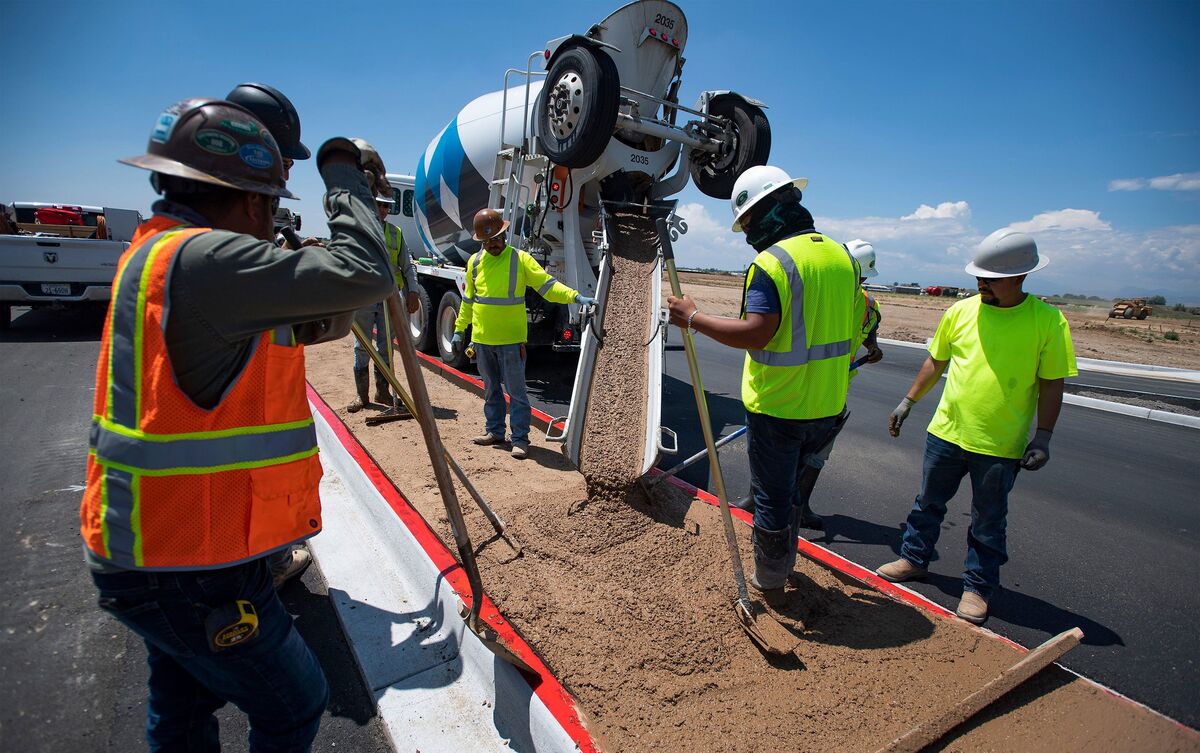
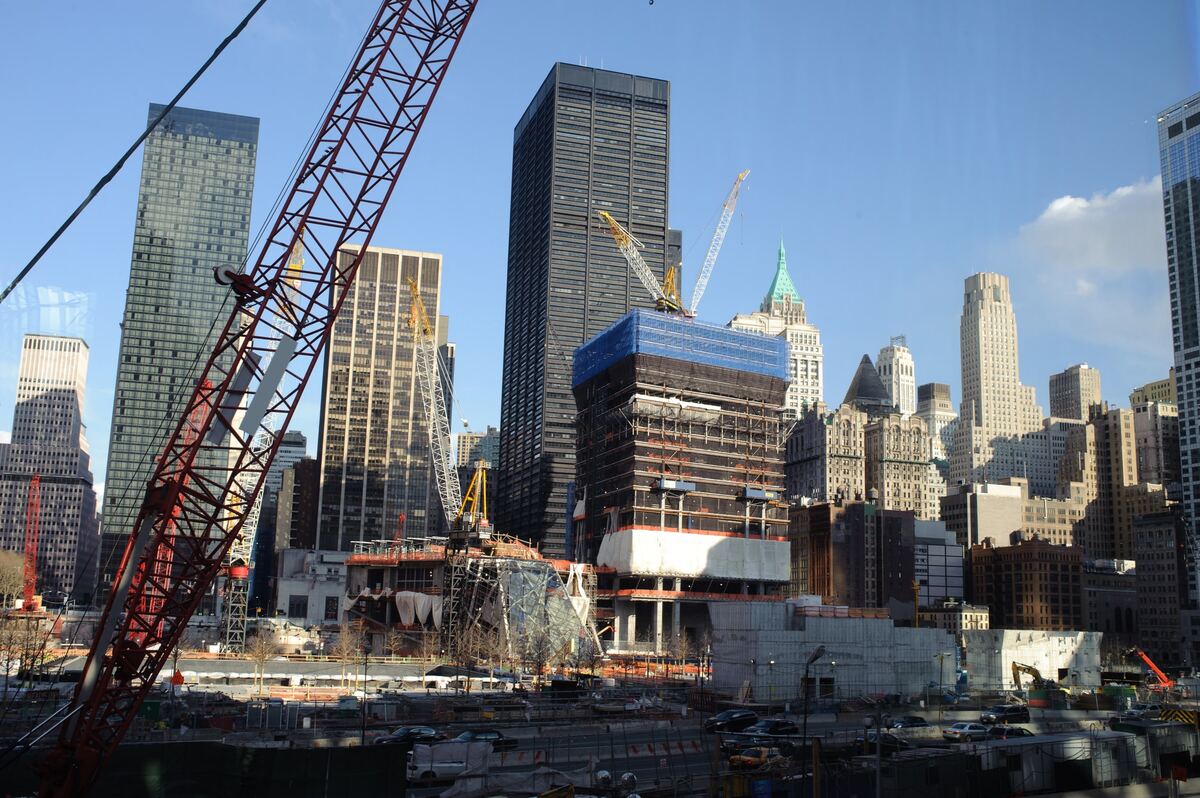
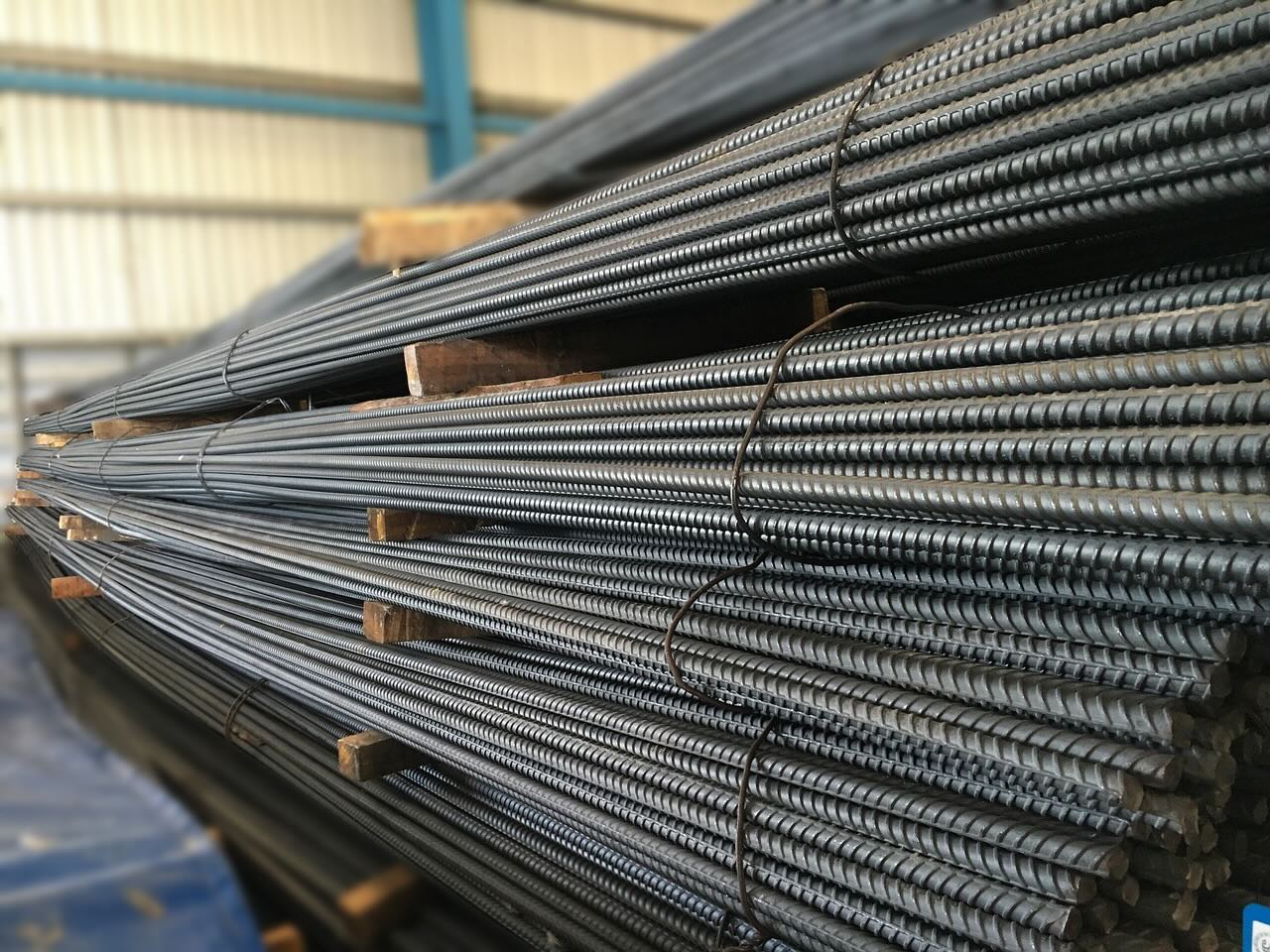
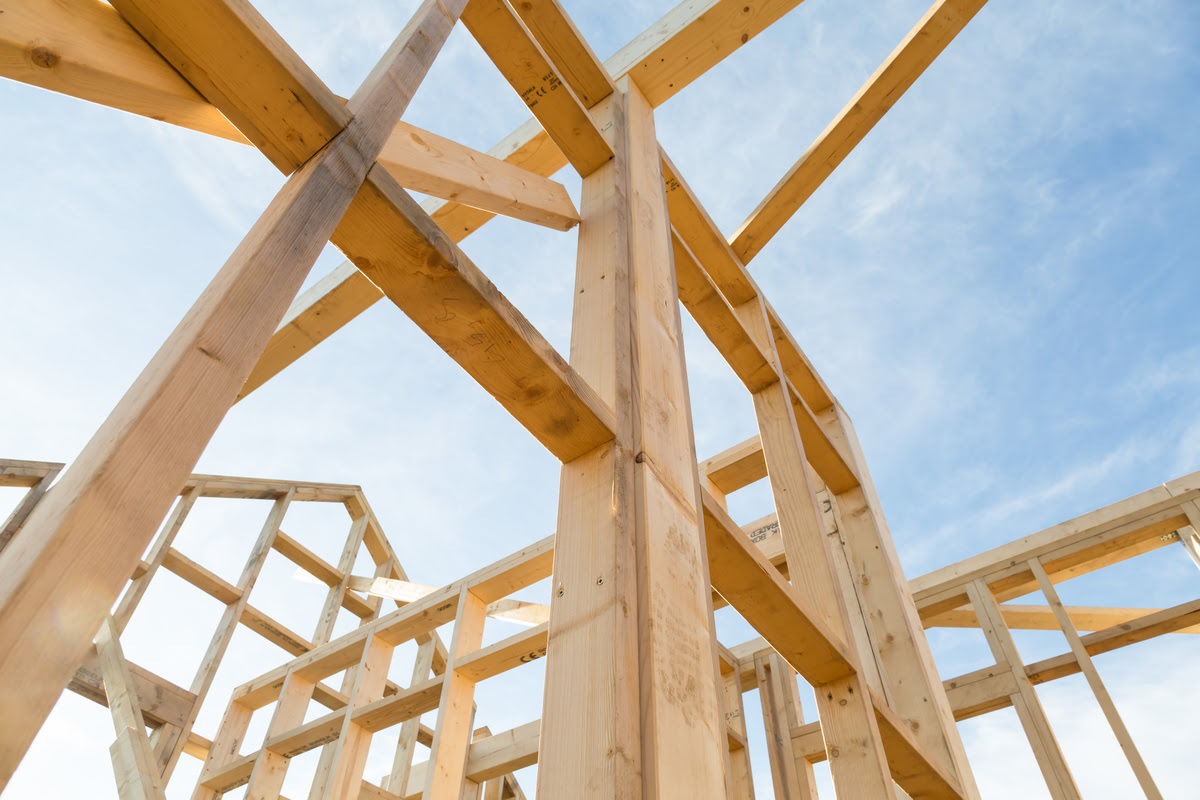


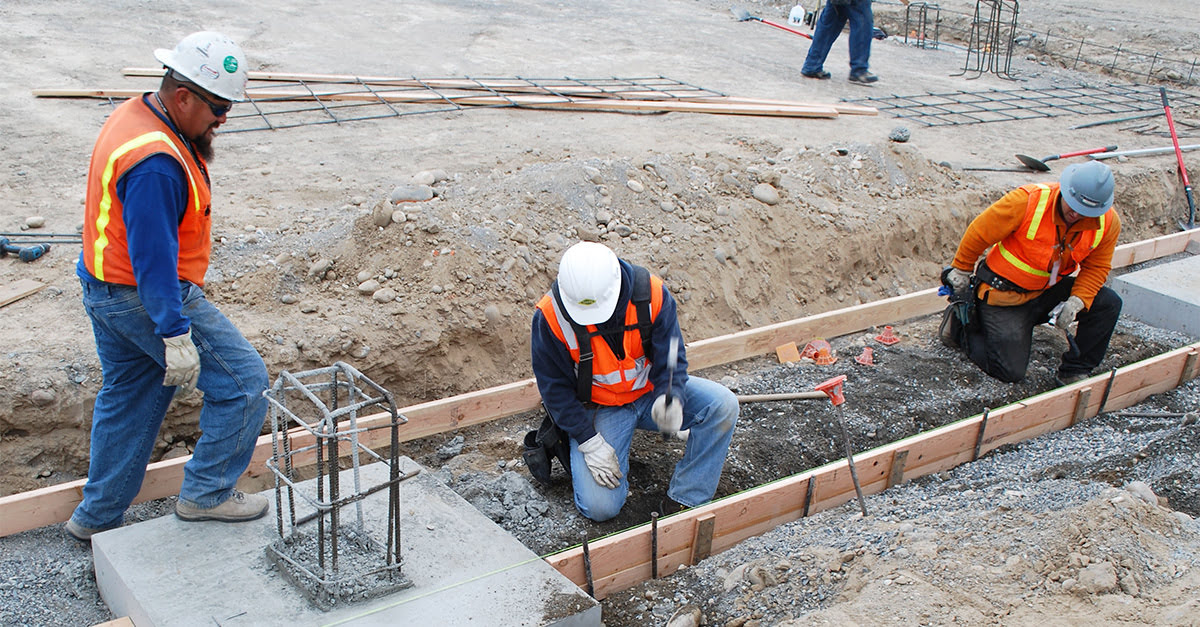
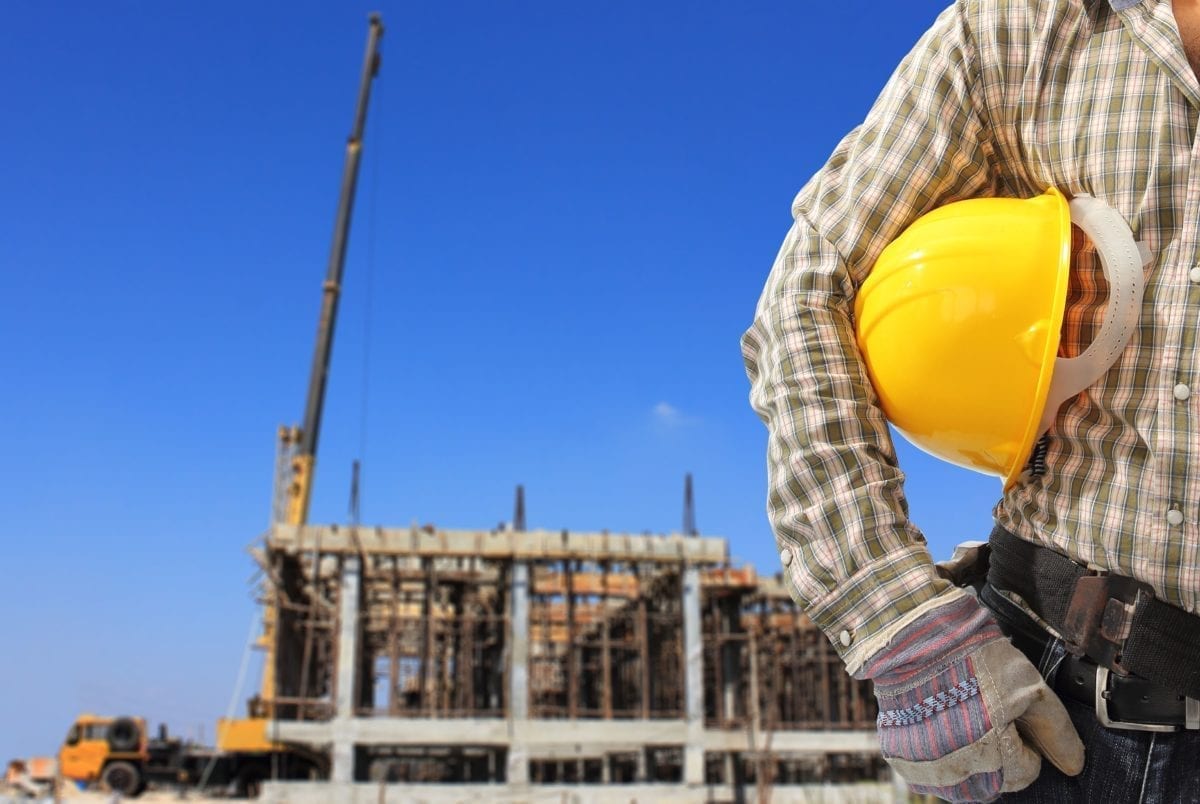
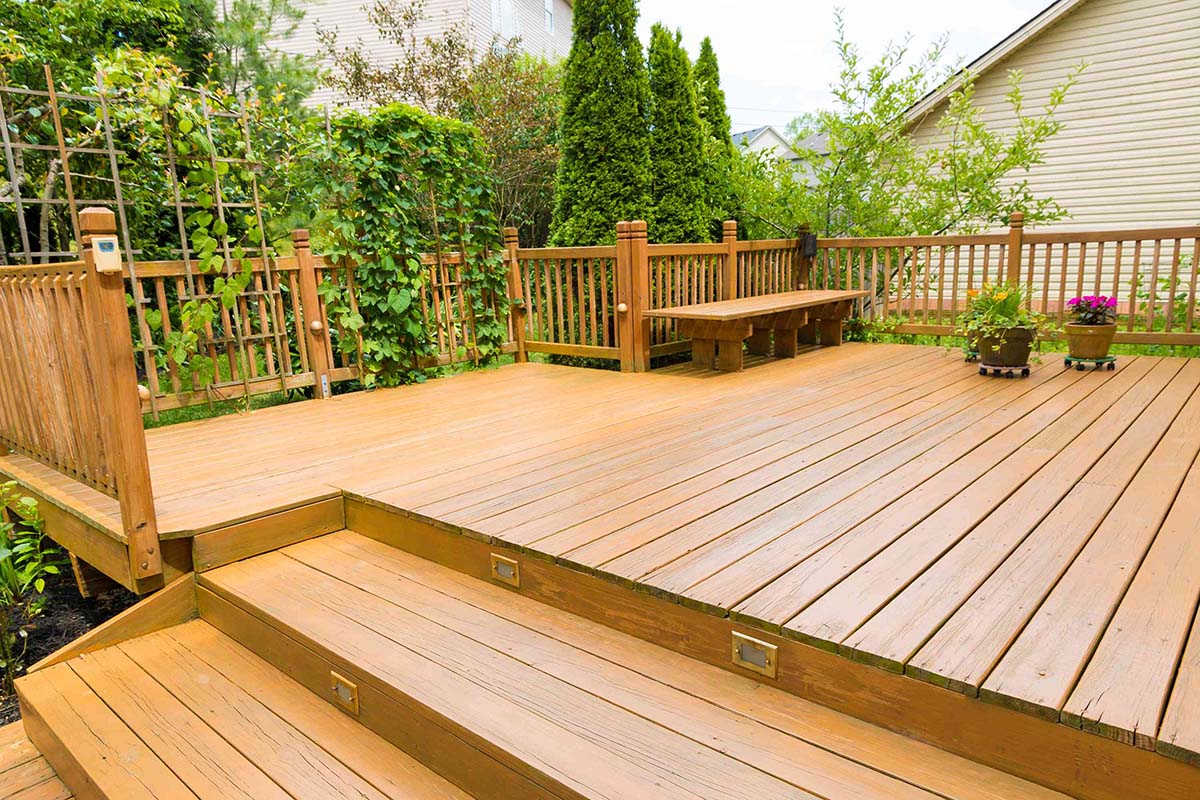
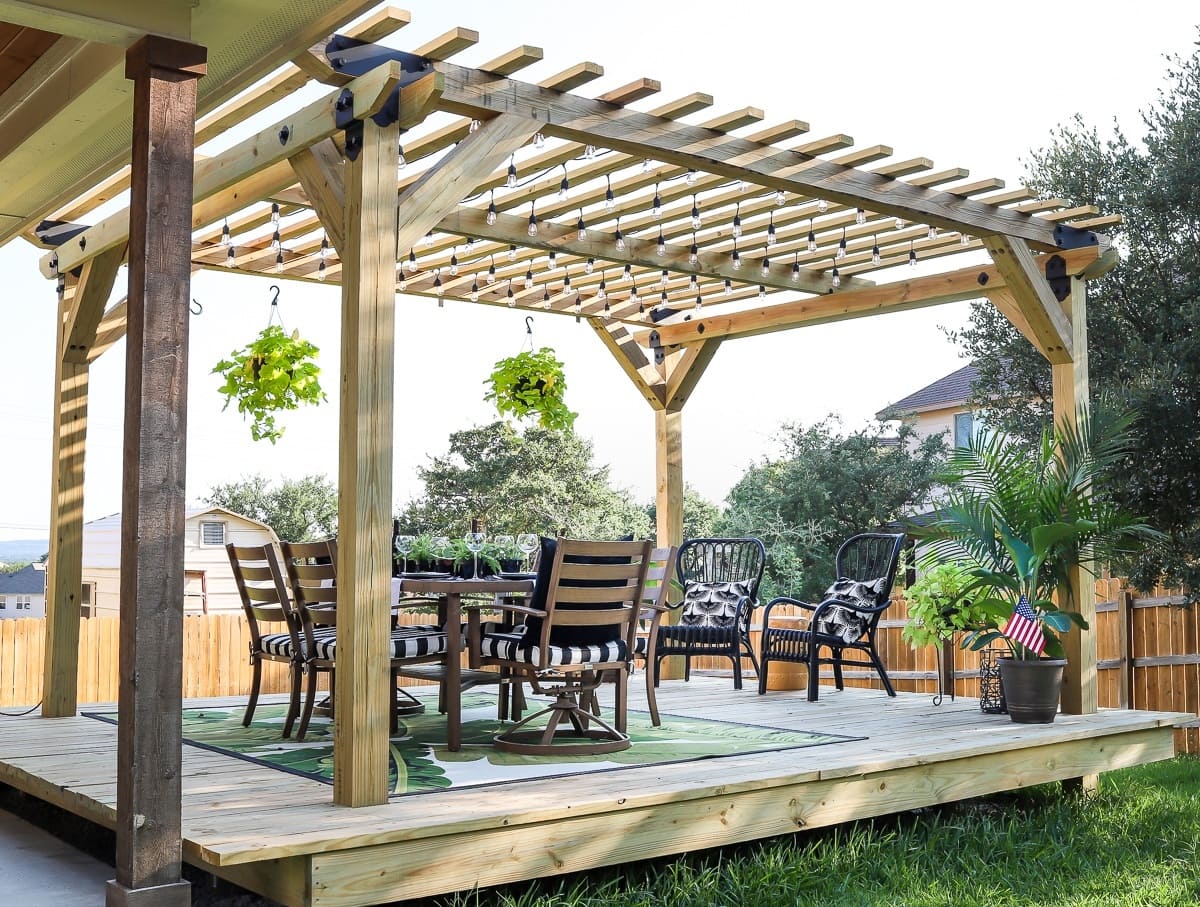

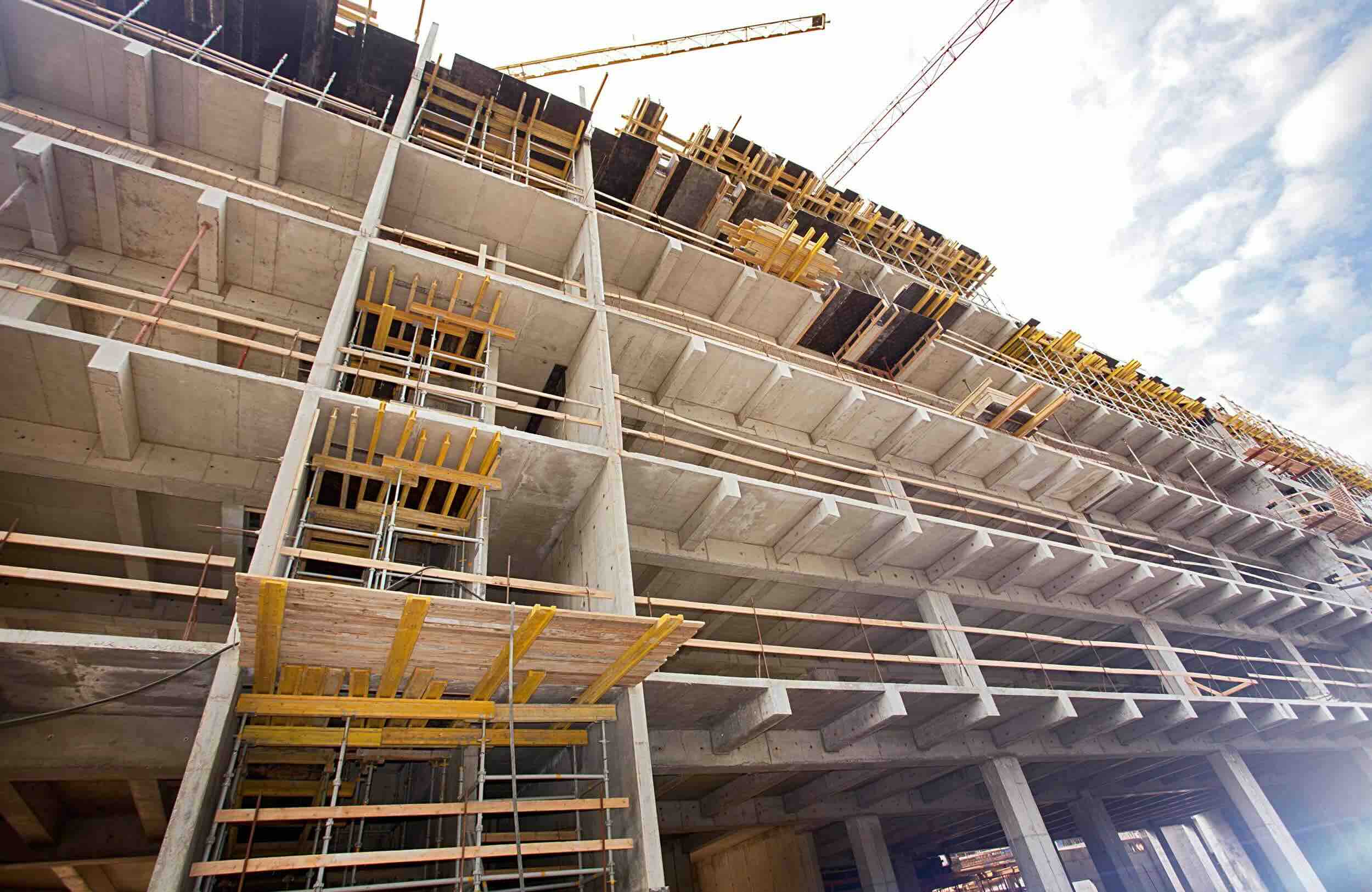


0 thoughts on “Why US Uses Wood For Construction”